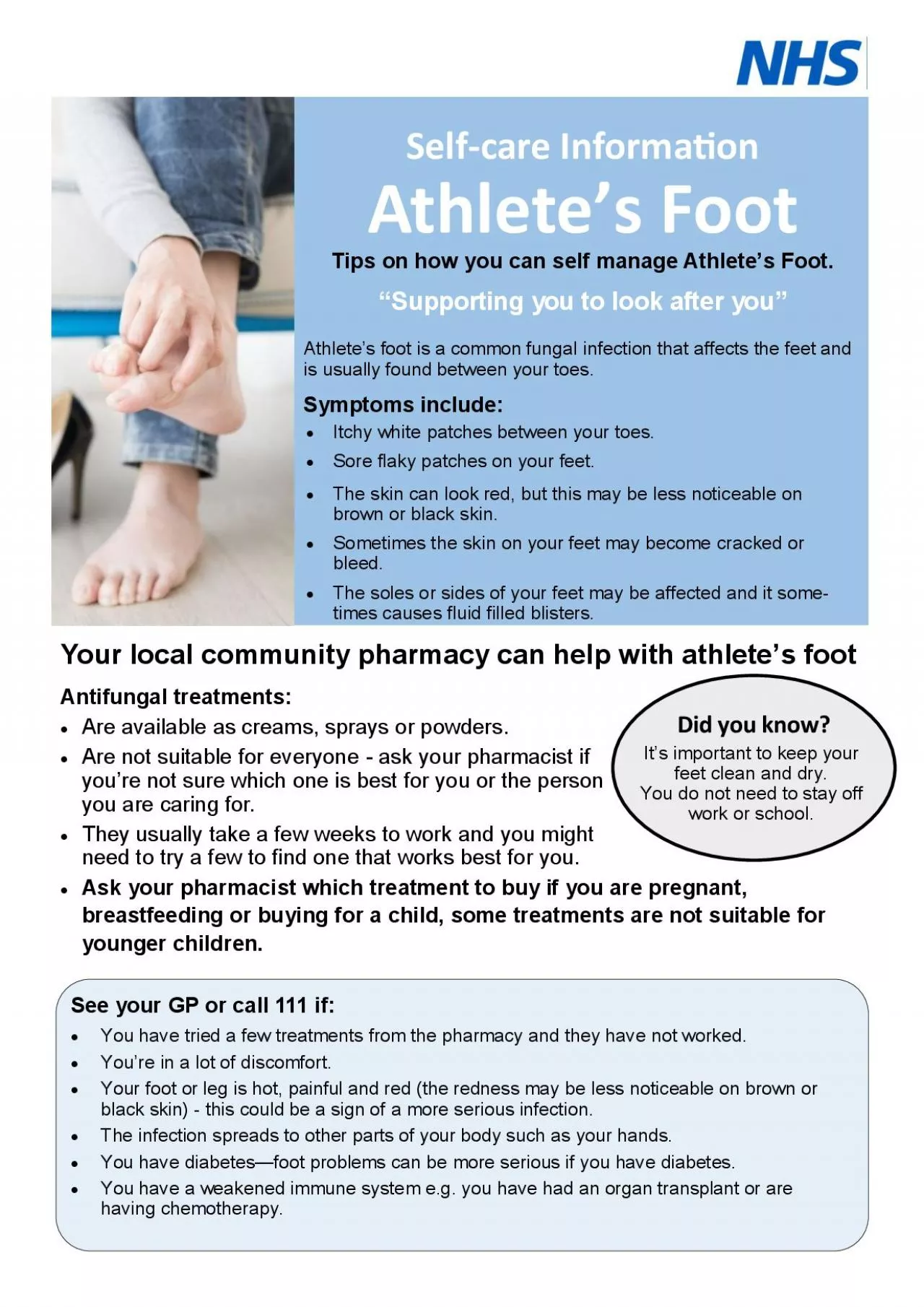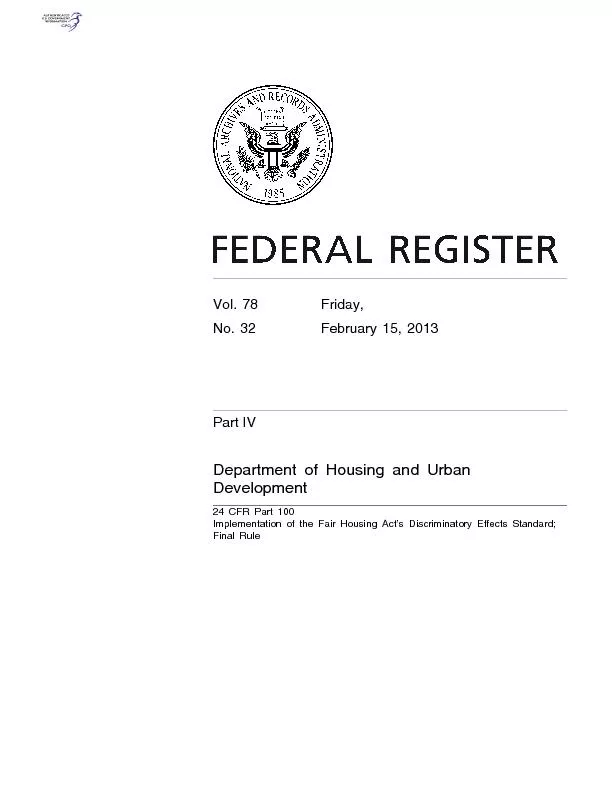PDF-Approved by APC Mar19
Author : summer | Published Date : 2022-08-16
V1 Page 1 of 1 Athletes Foot Athletex0027s foot is a rash caused by a fungus which usually appears between the toes Its not usually serious but should be treated
Presentation Embed Code
Download Presentation
Download Presentation The PPT/PDF document "Approved by APC Mar19" is the property of its rightful owner. Permission is granted to download and print the materials on this website for personal, non-commercial use only, and to display it on your personal computer provided you do not modify the materials and that you retain all copyright notices contained in the materials. By downloading content from our website, you accept the terms of this agreement.
Approved by APC Mar19: Transcript
Download Rules Of Document
"Approved by APC Mar19"The content belongs to its owner. You may download and print it for personal use, without modification, and keep all copyright notices. By downloading, you agree to these terms.
Related Documents














